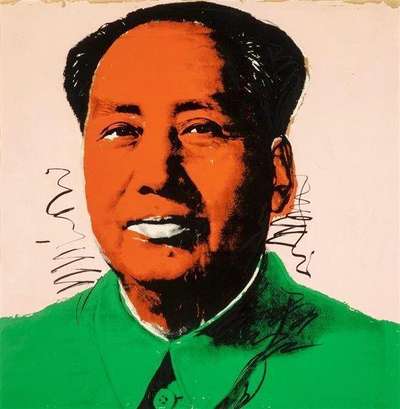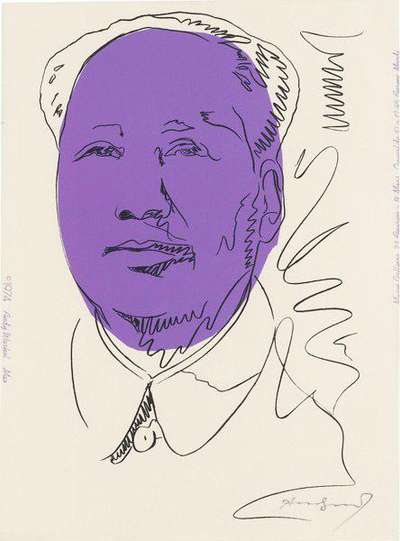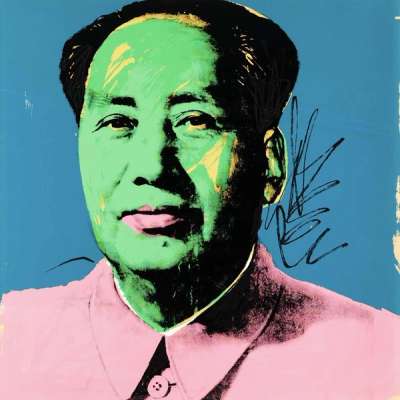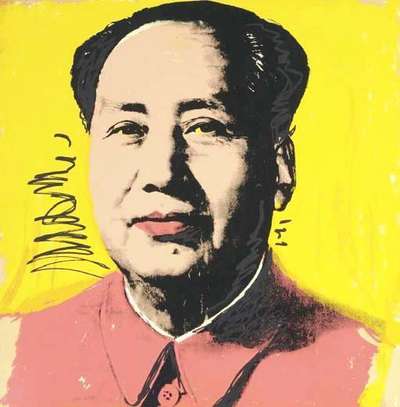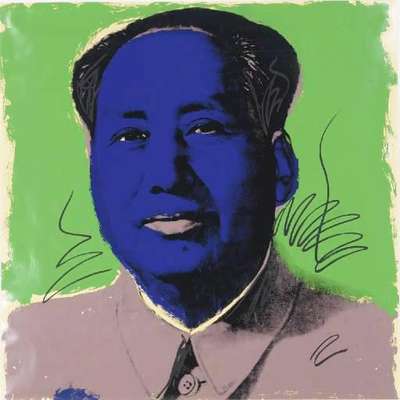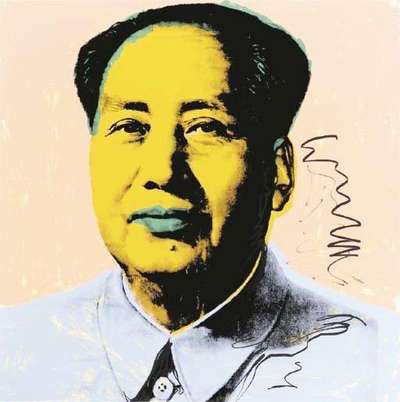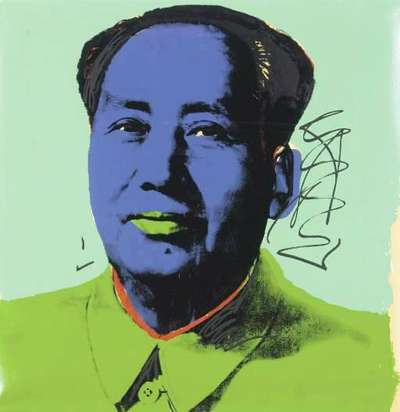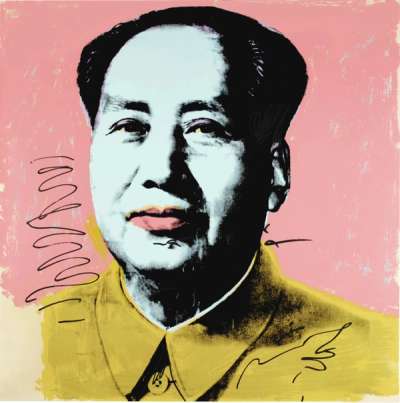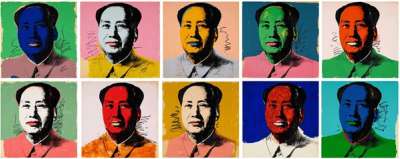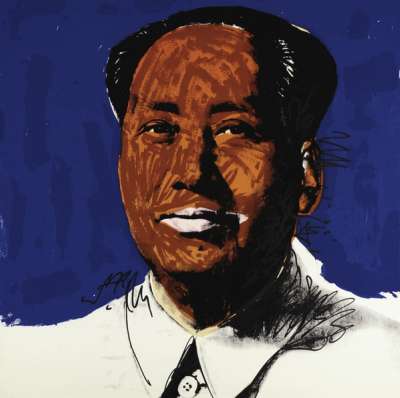
Mao (F. & S. II.96)
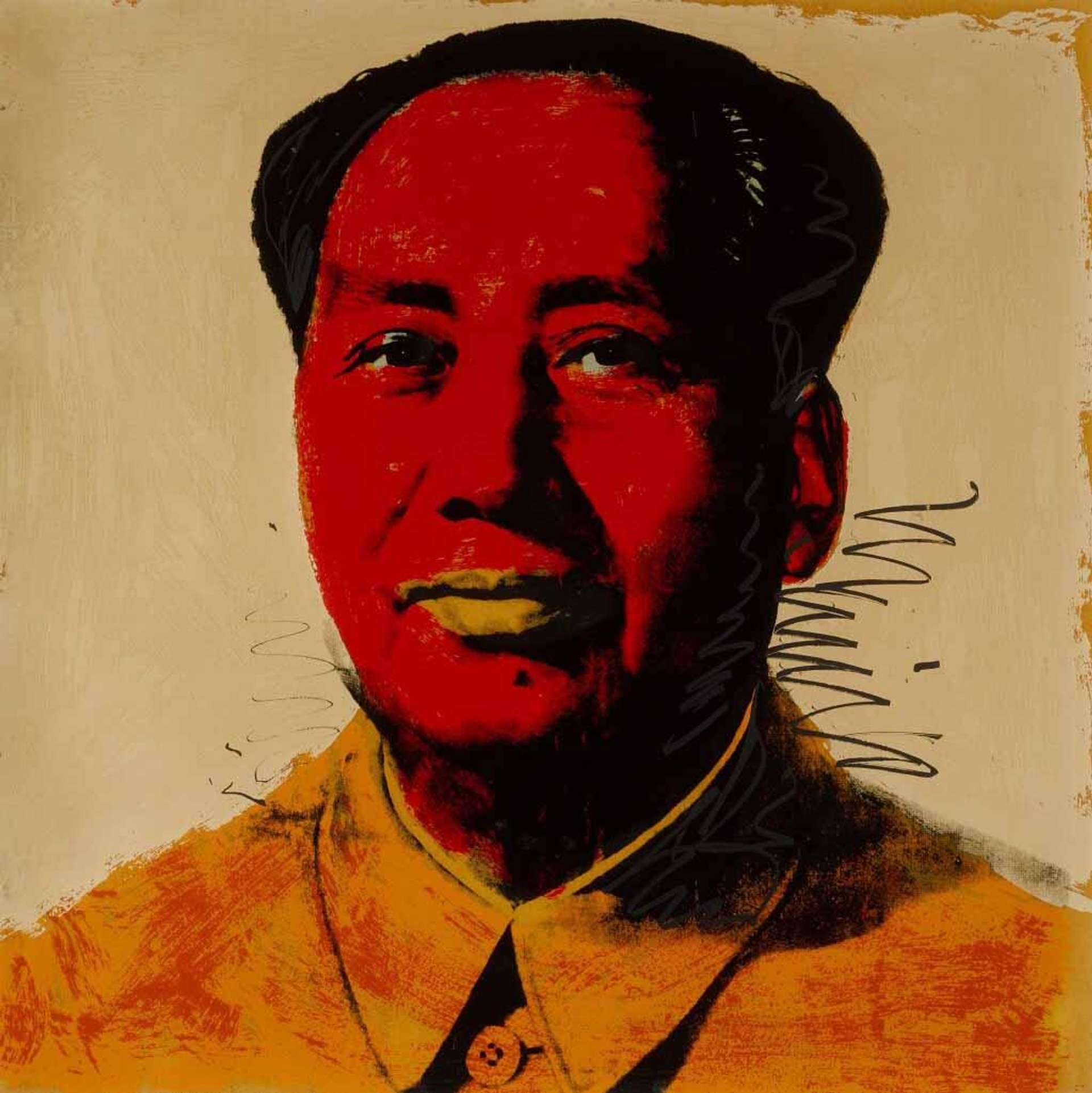
Mao (F. & S. II.96)
Signed Print
Andy Warhol
£40,000-£60,000
$80,000-$120,000 Value Indicator
$70,000-$100,000 Value Indicator
¥360,000-¥540,000 Value Indicator
€45,000-€70,000 Value Indicator
$390,000-$590,000 Value Indicator
¥7,610,000-¥11,420,000 Value Indicator
$50,000-$80,000 Value Indicator
AAGR (5 years) This estimate blends recent public auction records with our own private sale data and network demand.
There aren't enough data points on this work for a comprehensive result. Please speak to a specialist by making an enquiry.
Medium: Screenprint
Edition size: 250
Year: 1972
Size: H 91cm x W 91cm
Signed: Yes
Format: Signed Print
TradingFloor
MyPortfolio
Your collection tracked in real time.
Build your portfolio, manage valuations, view return against your collection and watch works you're looking for.
Track auction value trend
Auction Results
| Auction Date | Auction House | Artwork | Hammer Price | Return to Seller | Buyer Paid |
|---|---|---|---|---|---|
| December 2023 | Sotheby's New York - United States | Mao (F. & S. II.96) - Signed Print | |||
| April 2022 | Sotheby's New York - United States | Mao (F. & S. II.96) - Signed Print | |||
| March 2022 | Christie's London - United Kingdom | Mao (F. & S. II.96) - Signed Print | |||
| June 2021 | Phillips London - United Kingdom | Mao (F. & S. II.96) - Signed Print | |||
| September 2020 | Bonhams Los Angeles - United States | Mao (F. & S. II.96) - Signed Print | |||
| October 2019 | Freeman's - United States | Mao (F. & S. II.96) - Signed Print | |||
| November 2018 | Clars Auction Gallery - United States | Mao (F. & S. II.96) - Signed Print |
Meaning & Analysis
Taken from his renowned Mao series from 1972, Mao (F. & S. II.96) is a print by Andy Warhol that features a striking portrait of the Chinese communist leader Chairman Mao Zedong. The print contrasts orange hues in Mao’s face and brownish-orange tunic against an off-white background. The colours seep into his eyes and Warhol has deliberately created imperfections with the ink.
Warhol’s use of colour in his Mao (F. & S. 96) print works within the aesthetic of Western kitsch and alludes to the appearance of makeup on Mao’s face. The beige colour of the background is added to enhance the lips of the statesman and his darkly coloured mole is reminiscent of Marilyn Monroe’s beauty mark. In the suggestion of makeup and use of fluorescent colours, Warhol makes a statement on the false veneer that the original propaganda image attempts to portray and at the same time revitalises Chairman Mao as an unlikely Pop icon to be distributed as an image in the mass-media.
Relying on his typical method of screen printing with the aim of mass-production, Warhol reflects the wide distribution of Mao’s image in communist China whilst also comparing this to the obsessive production of mass-media images in capitalist America. The result is a humorous social commentary on these opposing systems of power during the political tensions of the Cold War.
